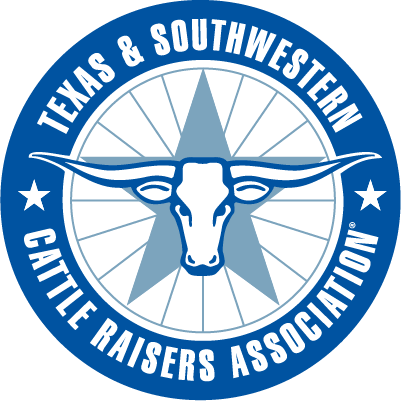Source: USDA-FSA
The U.S. Department of Agriculture (USDA) is reminding farmers and ranchers that the competitive sign-up deadline for its most popular voluntary conservation program, the Conservation Reserve Program (CRP), is Feb. 26, 2016. This will be one of the most competitive general sign-up periods in history, in part due a statutory limit on the number of acres that can be enrolled in the program. The most competitive applications will be those that combine multiple conservation benefits, such as water quality and wildlife habitat.
For the past thirty years, CRP has provided financial incentives to farmers and ranchers to remove environmentally sensitive agricultural land from production to be planted with certain grasses, shrubs and trees that improve water quality, prevent soil erosion and increase wildlife habitat. Since 1985, CRP has sequestered an annual average of 49 million tons of greenhouse gases, equal to taking 9 million cars off the road; prevented 9 billion tons of soil from erosion, enough to fill 600 million dump trucks; and reduced nitrogen and phosphorous runoff by 95 and 85 percent, respectively.CRP also protects more than 170,000 stream miles with forests and grasses, enough to go around the world seven times. The program has allowed for the restoration of 2.7 million acres of wetland and protects more than 170,000 stream miles with forests and grasses, enough to go around the world seven times.
“Since the start of this administration, USDA has invested more than $29 billion to help producers make conservation improvements, working with as many as 500,000 farmers, ranchers and landowners to protect land and water on over 400 million acres nationwide,” said Agriculture Secretary Tom Vilsack. “The Conservation Reserve Program has been and continues to be a key piece of USDA’s conservation strategy, and with this competitive sign-up we are encouraging applications that offer the greatest environmental protection.”
As of Jan. 2016, 23.6 million acres were enrolled in CRP, with contracts for more than 1.6 million acres set to expire this fall. The statutory cap on acres that can be enrolled is 24 million acres. Submissions will be ranked according to environmental benefits in comparison to all other offers nationwide. USDA will announce accepted offers after the enrollment period ends and offers are reviewed. For an interactive tour of CRP success stories from across the U.S., visit www.fsa.usda.gov/CRPis30, or follow on Twitter at #CRPis30.
In 2015, a record number of continuous CRP acres were enrolled, totaling over 830,000 acres. These high-value acres provide multiple benefits on the same land including water quality, wildlife, carbon sequestration and others. For example, the acres dedicated to pollinators have almost tripled to over 190,000 acres and support the National Strategy to Promote the Health of Honey Bees and Other Pollinators.
This record sign-up came after a May 2015 announcement that an additional 800,000 acres would be accepted for key natural resource enhancements. Since the May 2015 announcement, wetland restorations have increased by 77,000 acres, duck nesting habitats have increased 35,000 acres and other wildlife habitat has increased 255,000 acres within the CRP State Acres for Wildlife Enhancement (SAFE).
Surveys have demonstrated significant increases in populations of upland grassland birds; the 227,000 acres dedicated to upland bird habitat buffers are estimated to increase bobwhite quail numbers by 350,000 each fall.
For an interactive look at USDA’s work in conservation and forestry over the course of this Administration, visit medium.com/usda-results.
For more information on Farm Service Agency (FSA) conservation programs, visit a local FSA office or www.fsa.usda.gov/conservation. To find your local FSA office, visit offices.usda.gov.
CRP was re-authorized by the 2014 Farm Bill, which builds on historic economic gains in rural America over the past seven years, while achieving meaningful reform and billions of dollars in savings for taxpayers. Since enactment, USDA has made significant progress to implement each provision of this critical legislation, including providing disaster relief to farmers and ranchers; strengthening risk management tools; expanding access to rural credit; funding critical research; establishing innovative public-private conservation partnerships; developing new markets for rural-made products; and investing in infrastructure, housing and community facilities to help improve quality of life in rural America. For more information, visit www.usda.gov/farmbill.
PO BOX 101988
FORT WORTH, TX 76185
1-800-242-7820
© 2023 Texas & Southwestern Cattle Raisers Association; All Rights Reserved.
